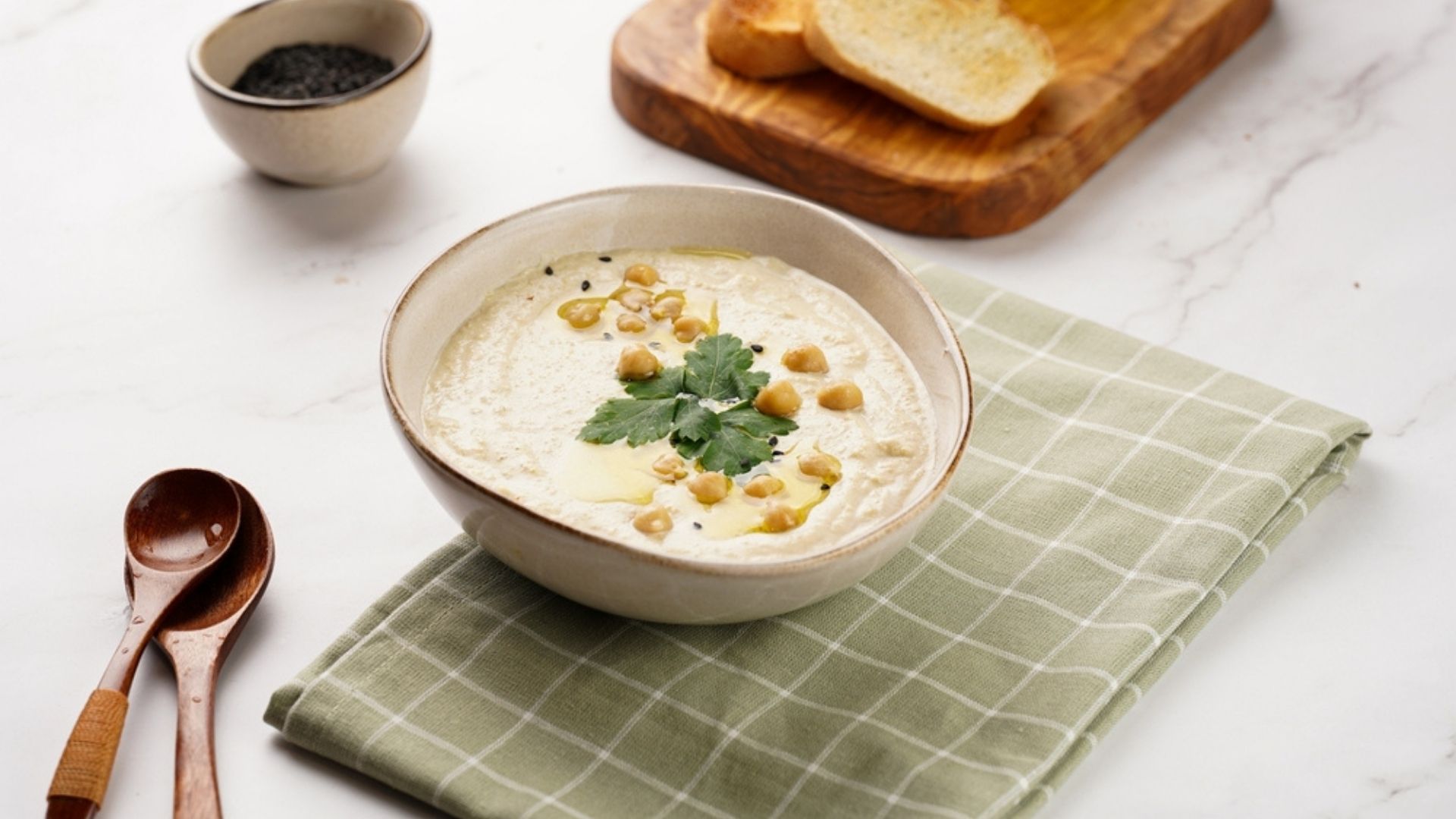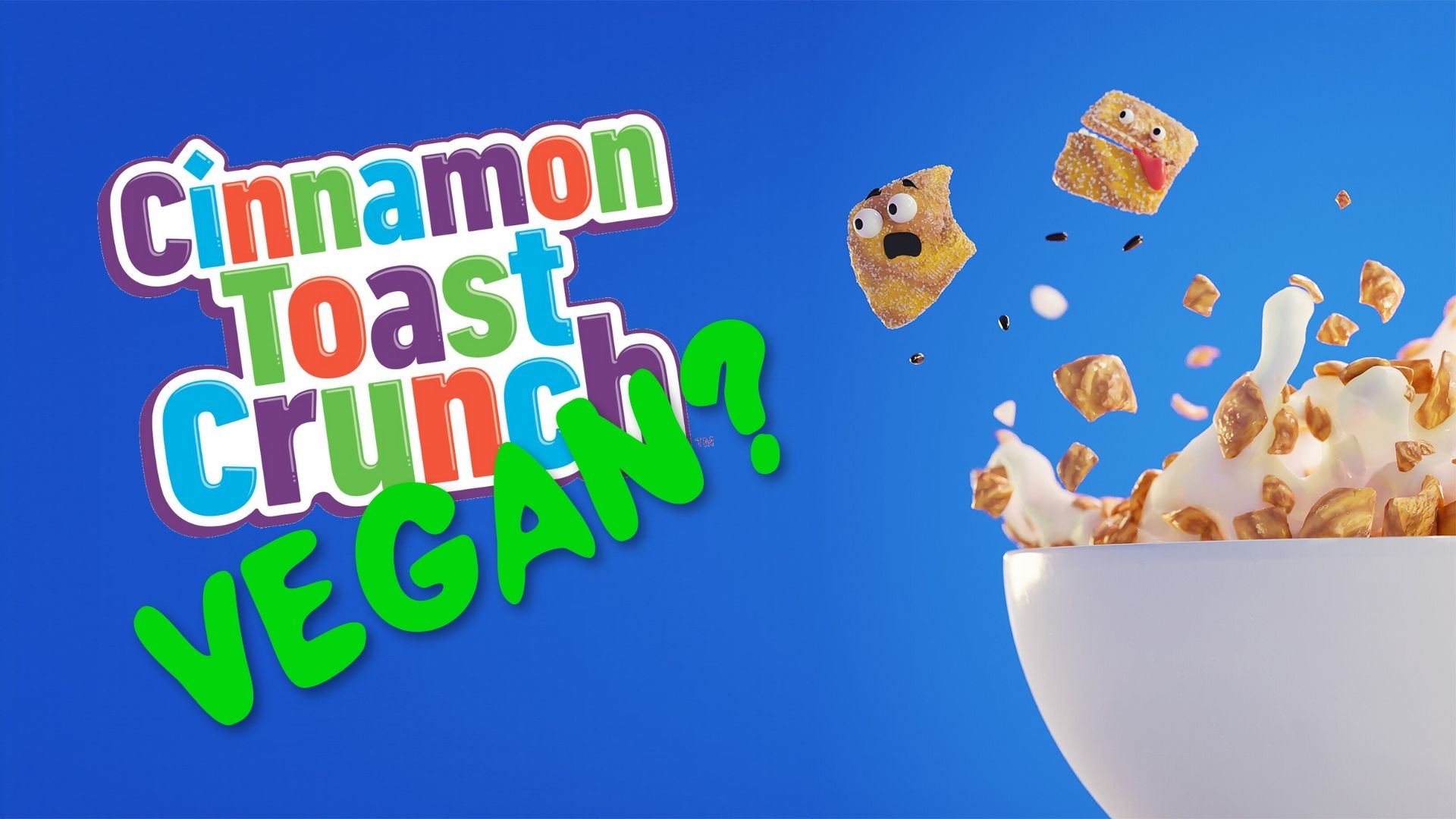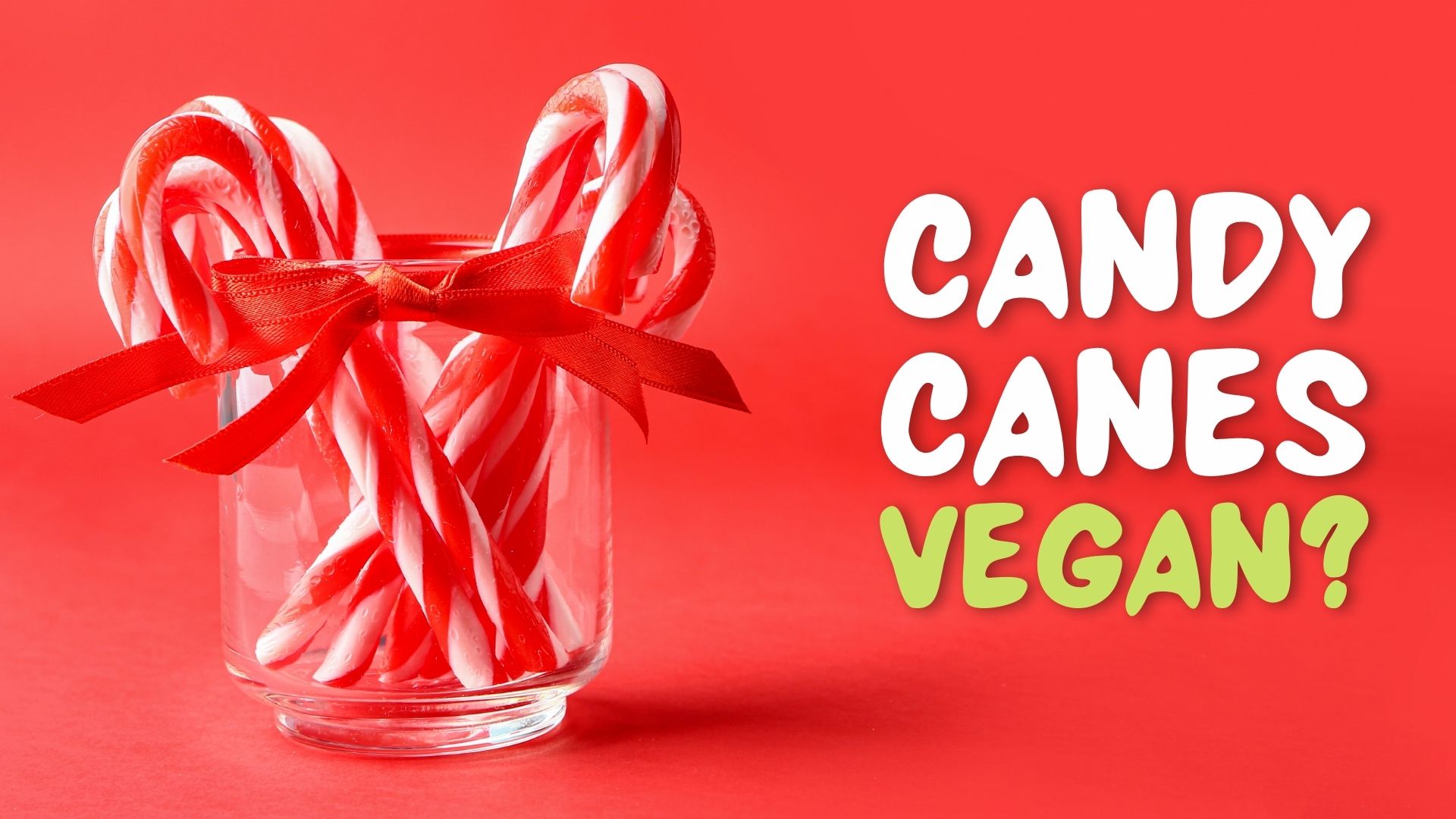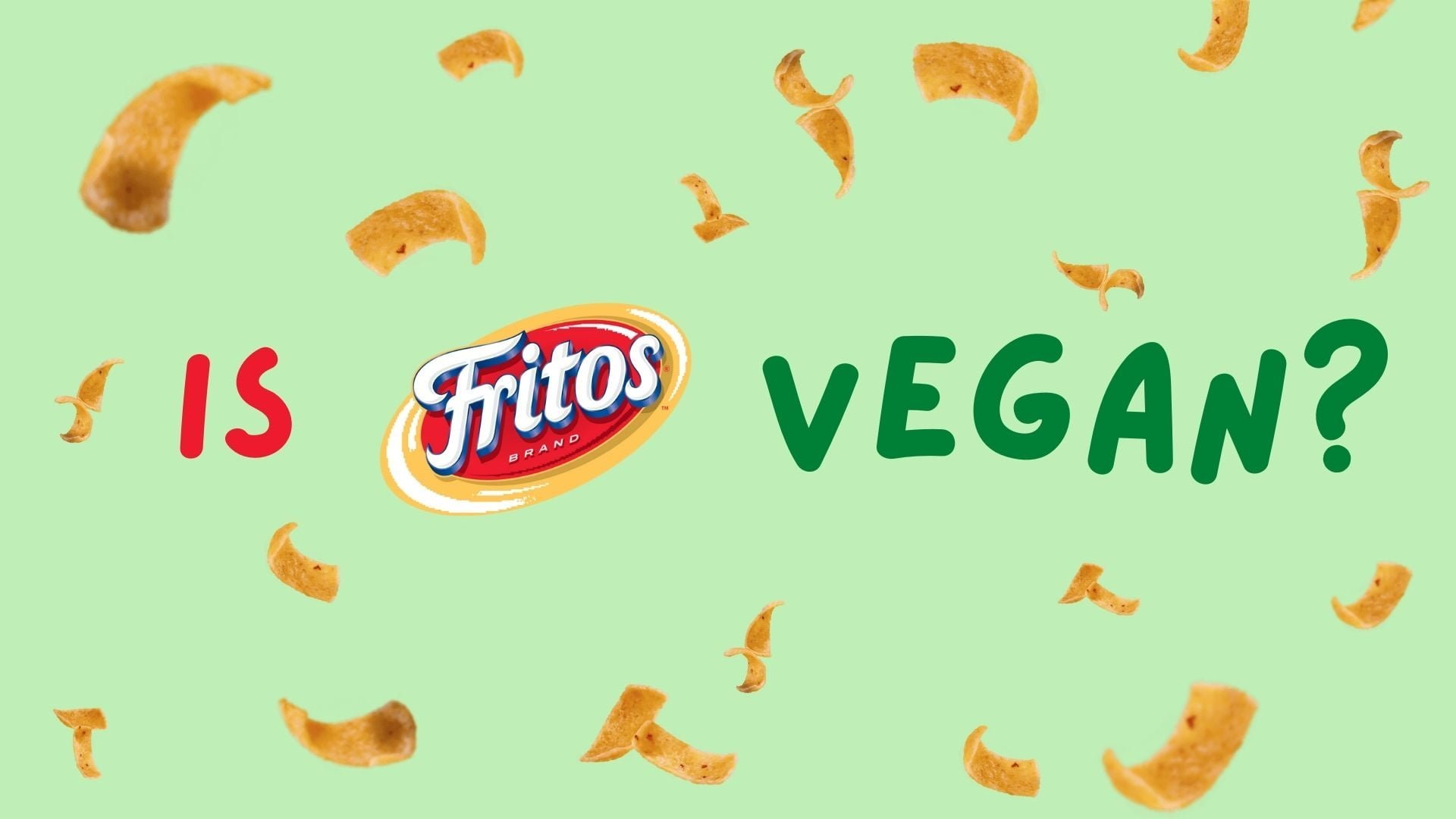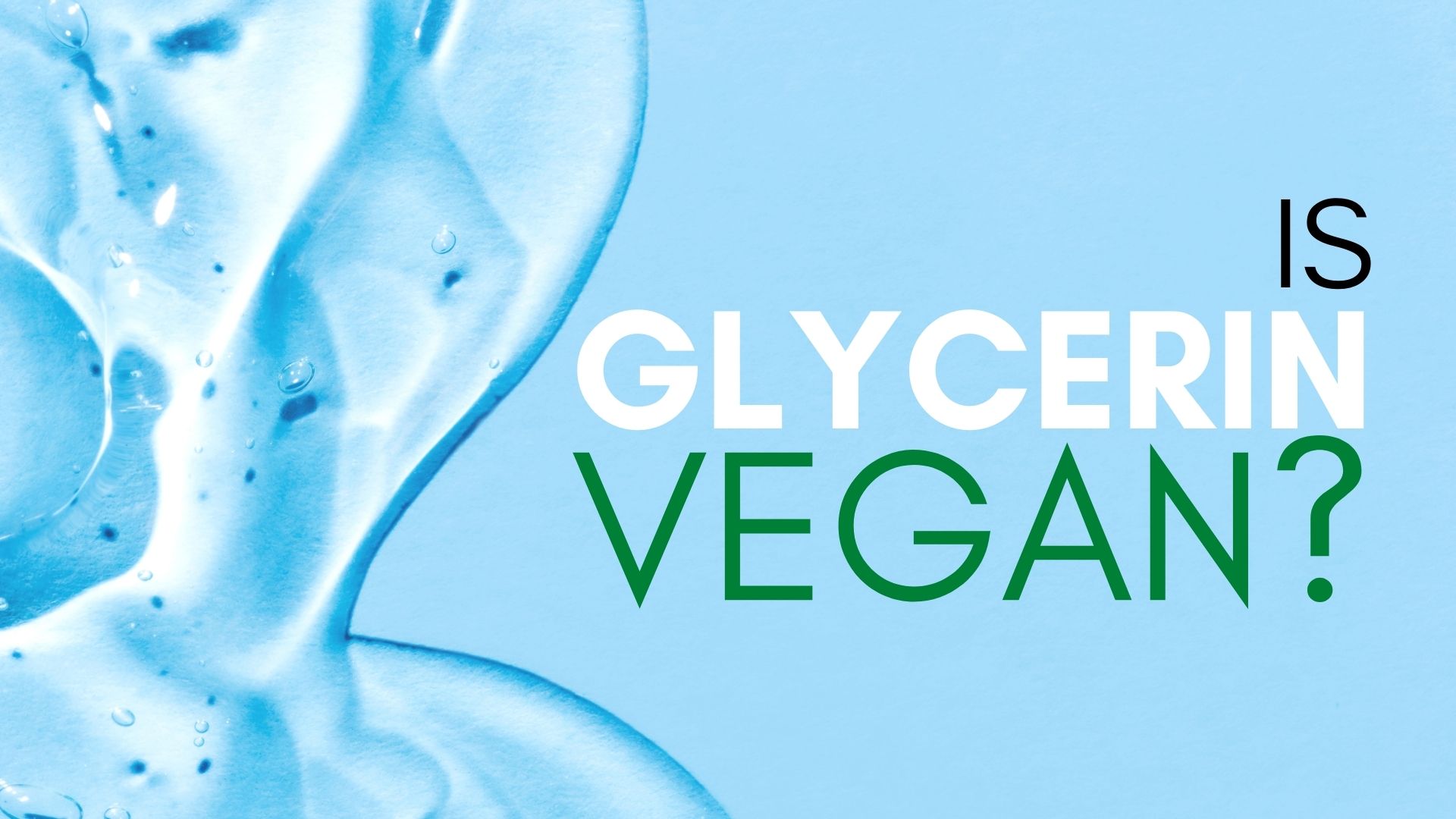
Is Glycerin Vegan? Discover the Truth Now!
Here are some facts you need to know
Have you ever wondered how TV soap characters cry at will?
The secret to the magic is in a tiny bottle of sweet-tasting, colorless, thick liquid.
When applied to the eyes, a drop of this liquid produces tears.
Glycerin is the instant tear-jerker, and this liquid is it!
Glycerin is a staple ingredient in soaps and has been for many years.
Glycerin is an active ingredient in food processing, cosmetics, and body lotions.
You might be interested in the Glycerin’s composition and whether or not it is vegan.
Is Glycerin Vegan?
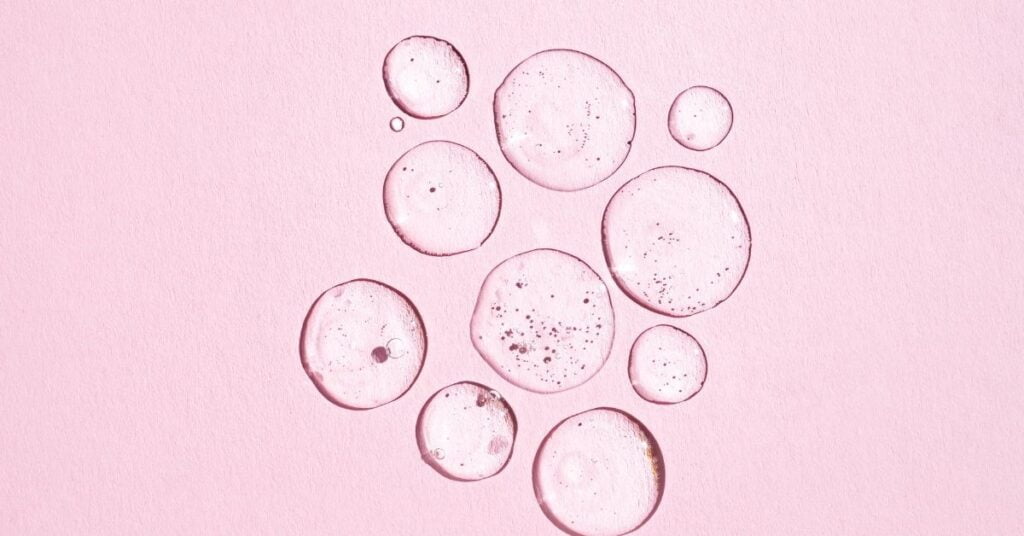
There are two types of Glycerin.
The first is made from animal fats and is not vegan.
The other, derived from soybeans or coconut oil, is vegan-friendly.
Vegetable glycerin is used more often in personal care and food products.
However, there may be products that contain the non-vegan version.
It should state that the product contains vegetable glycerin or display a symbol on its packaging to indicate whether it is vegan.
What’s Glycerin?
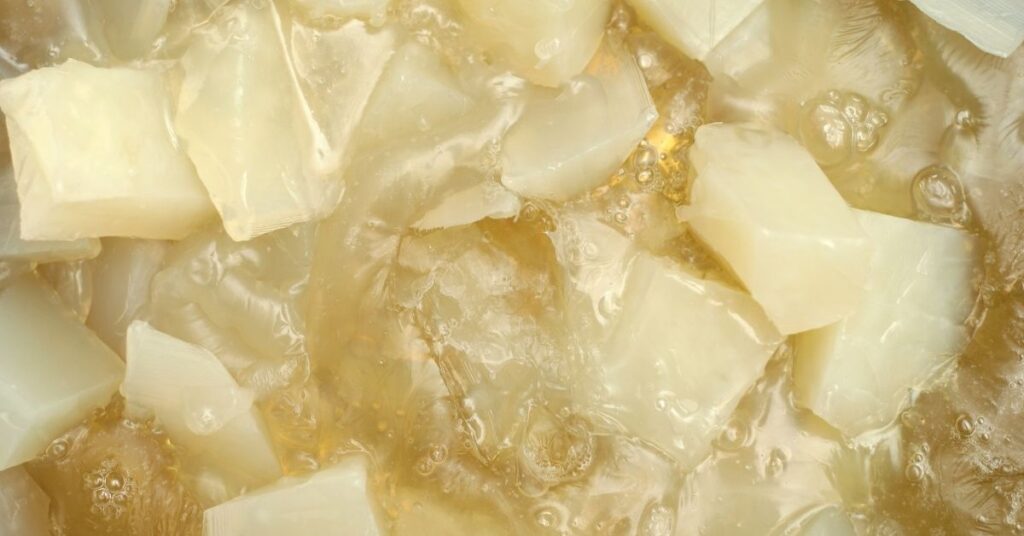
Glycerin, also known as Glycol, is a thick, gelatinous, odorless liquid that dissolves completely in water and has low toxic levels.
Glycerin has hygroscopic property, meaning it absorbs water from the atmosphere.
This makes it an important ingredient in foods such as baked goods and cosmetics to retain their moistness.
Glycerin is useful for many purposes, including storing fruits, printing inks, and making cakes and candies.
Glycerine is extracted in two ways: vegetable oil from plants or animal fat.
Plant-Based (Vegetable Oil)
Oils are placed under pressure, temperature and water.
The pressure causes the oil to split from a fatty acid and be absorbed into the water.
Because of its organic makeup, vegetable glycerine can have a similar texture to oil or syrup.
It is also used in household products such as toothpaste, shampoo, lotions, and shampoos.
It is Vegan and safe for consumption because it comes from plants.
Animal Bases
Mix the tallow, made from beef fat or mutton fat, with water.
Heat it on medium to low heat until it becomes thick.
After the mixture has cooled in the refrigerator overnight, it is ready to be used.
You can then boil the mixture to get rid of excess water or strain it to get rid of impurities.
It can also be used in soaps and lotions, or hair products.
It is important to read labels to ensure that your Glycerin has a plant-based base.
What’s Glycerin Really Used For?

Glycerin can be used in more than 1,000 ways.
Glycerin is a common ingredient in cosmetics.
It is used primarily as a moisturizing agent in hair and skin products such as shampoos, shaving creams, and shower gels.
It can also be found in toothpaste, cough medicine, and even e-cigarette fluid, which helps to control moisture levels.
Glycerin can be found in various foods, and it serves many different functions.
It can be used to retain moisture.
However, it also has other qualities, such as thickening agents or sweeteners.
Glycerin might be listed in cookies, bread, and alcoholic drinks as an ingredient for vegan products.
Glycerin might also be known by the name glycerol or E number, E422.
Glycerin is also responsible for monoglycerides diglycerides as well as triglycerides.
Glycerin is completely non-toxic both inside and outside the body.
Glycerin is safe to consume and safe to discard without any special precautions.
It is therefore often considered one of the best ‘green’ solvents.
There is one possible side effect to be aware of mild laxative effects when there is excessive consumption.
Glycerin is used to more effectively bind active ingredients in the medicine.
Glycerin can give tablets a smoother texture, making them easier for people to swallow.
Is Glycerin Vegan?
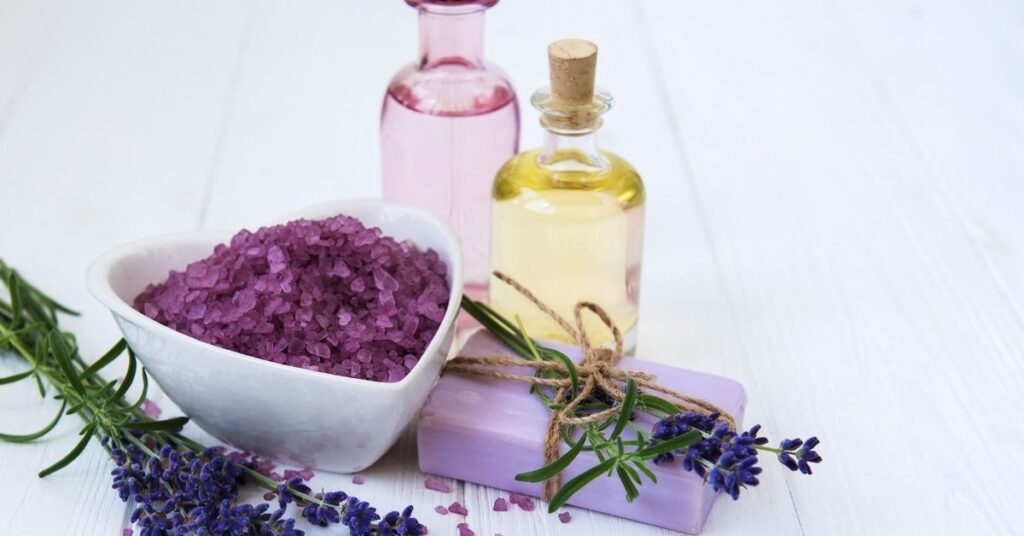
Glycerin is made mainly from oils obtained from palm oil and soybeans.
It can also be made from animal fats.
Raw ingredients are often sourced from other companies by food manufacturers.
This means that a product may contain ingredients from different manufacturers.
It is difficult to determine if the Glycerin used in food manufacturing is vegan.
It is therefore difficult to tell if Glycerin has been made vegan.
It could be considered a grey area ingredient.
Glycerin is sometimes called “vegetable oil glycerin” by some manufacturers.
This means that it is derived from plants and is therefore vegan.
Vegetable glycerin is already considered vegan for many people.
However, some might be concerned about vegetable glycerin made from palm oil.
The palm oil industry is being opposed by environmental vegans because of studies showing extensive palm plantations have been favored over virgin forestland, leading to a significant loss in forest cover.
Glycerin Is Safe For Vegans To Consume

Glycerin, a sweet-tasting, safe liquid, is used in many products, including cosmetics and pharmaceuticals.
Glycerin has many functions that I will discuss in the next section.
However, it is safe to eat and is often praised as more sustainable than other ingredients.
Glycerin is used in various consumer products, including food, which can make it problematic for vegans.
It can also be sourced from animal or non-animal sources.
This can make it difficult to identify its origins.
It is important to note that Glycerin can be completely vegan-friendly in many cases.
Although Glycerin’s presence in a product doesn’t automatically make it vegan-friendly, it is important to not assume it is.
Vegetable fats and animal fats are the main sources of Glycerin.
Glycerin is most commonly derived from soybeans, but it can also be obtained from coconut oil, palm oils, or other plant oils.
These origins all fit veganism, though some people are concerned about palm oil.
Tallow is the primary source of Glycerin from animal fats.
It is a substance that is either derived from beef or mutton.
Vegans should be wary of Glycerin that is derived from this source.
However, synthetic Glycerin is also available, but it’s far less common.
Vegans should avoid Glycerin derived from animal fats and only use products that contain Glycerin derived from plants or synthesized in a laboratory.
However, the reality is more complex because most Glycerin products won’t specify where they came from.
To keep things simple, strict vegans avoid Glycerin completely.
However, most of the Glycerin in food comes from vegetables.
Some vegans are less strict and feel that there is a reasonable risk.
Its use in pharmaceuticals is another factor to consider, especially if medication is required.
Although manufacturers are not required to disclose where their Glycerin is sourced, it is common for some manufacturers.
A reference to “vegetable oil” indicates that the product is safe to eat for vegans.
It is a good idea to only vegan-friendly purchase products.
This will ensure that ethically sourced Glycerin.
You can also contact the manufacturer directly.
You might find a number that you can call to get help.
This is great for those who need quick answers.
You can visit the website or contact customer service via social media if you have more time.
Similar Ingredients To Be Aware Of
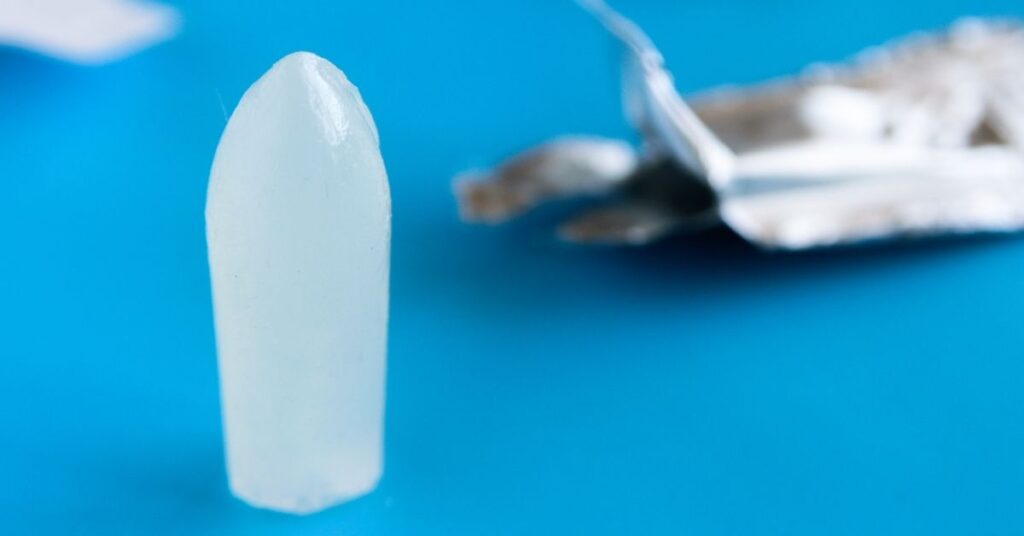
Vegans need to be aware that many other ingredients can be considered vegan-friendly.
They follow the same principles as Glycerin regarding whether they can be considered vegan-friendly.
Xanthan gum is another common food ingredient.
It can be used to thicken or glue ingredients together, much like Glycerin.
It is usually made using simple sugar fermentation, making it vegan-friendly.
However, it can also grow on lactose in milk, a byproduct of cheese manufacturing.
Lecithin is a food additive with similar non-toxic properties to Glycerin.
It is used widely to increase shelf life and to bind ingredients together.
It is used in the pharmaceutical industry primarily as a stabilizer or to add or maintain moisture.
It may not surprise that lecithin can also be derived from soybeans due to the similar uses of Glycerin and lecithin.
It can also be extracted from egg yolk, which makes it difficult.
Vegan-friendly sources are more common with lecithin and xanthan gum than with non-vegan ones.
There is no way to know the source of lecithin, but it is possible.
Lecithin that is derived from soybeans may be listed as soy lecithin.
However, this is not always true.
You may have to use the same practices as for Glycerin.
Look out for vegan-certified products or get in touch with the manufacturer to find out if their product is suitable.
If you still have doubts, you can avoid the product entirely or find an acceptable substitute.
Last Words

There is no way to know if the glycerol (or the glycerine listed in an ingredient of a product) was made from animal fat or plant fat.
Strict vegans should exercise caution and use their judgment.
It is possible to assume that a product with glycerol and is vegan-friendly is made from plants, even though it is still possible it was made with palm oil.
If there is no vegan label on a product, you can assume it isn’t vegan.
If that happens, you should look for an alternative vegan-friendly product.







